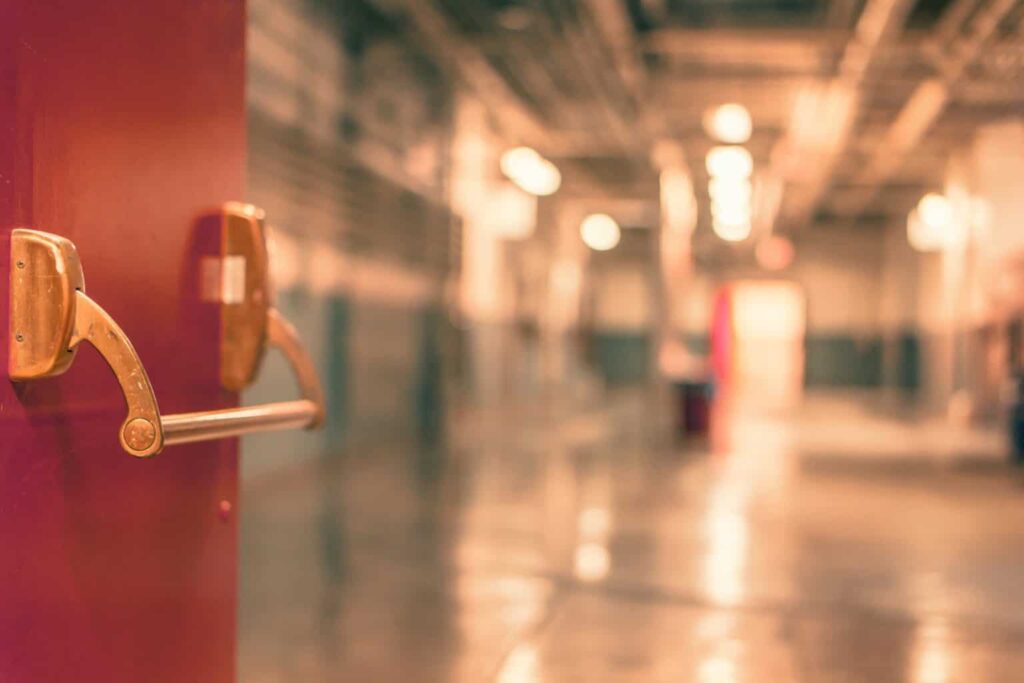Author: Rhonda Tsoi-A-Fatt, EdD
With COVID-19 an ever-present threat, many parents are burdened with questions as some school reopen for face-to-face instruction:
- Do I keep my child in the current school with only a temporary plan or enroll them in year-long virtual learning?
- Will my child be safe if they go to school in-person?
- Who will manage my child’s virtual learning while I’m at work?
- What if I make the wrong decision and my child fails?
As a child advocate and a parent to children of color, answering these questions is even more difficult because of two factors: an understanding that continuing my children’s education is a critical component to their growth, and an awareness that the weighty experiment of in-person learning is borne on the backs of people of color—as has been the case throughout this pandemic.
Since this health crisis began, the lives of working-class people of color in “essential” industries have been placed at risk to maintain the economy and conveniences of affluent white Americans. We have witnessed the seriousness of this virus downplayed as some spun the story of its disparate impacts on people of color.
Then Southern students, nearly 60% of whom are children of color[1], were used to test the waters of school reopening. At the prodding of the President, and against health experts’ advice, many Southern districts opened in late July and early August for in-person education. Others opted for virtual learning in the first quarter, with plans to reassess. The nation held its breath to see what would happen and proof of the danger in placing children back in school buildings manifested quickly. In Tennessee, Hamilton County Schools had to close two school buildings just hours into the first day of school after reporting confirmed COVID-19 cases.[2] Across the state, the majority of school districts opened for in-person education and hundreds of teachers and students were quarantined almost immediately due to potential exposure.[3] While some schools across the country decided to postpone in-person schooling because of the risks, there are some schools who are making plans to transition from virtual to in-person schooling in the coming weeks because virtual learning simply failed.
The lack of federal leadership on the issue of schooling during the pandemic has meant that all of our children are at greater risk. The politics of this pandemic makes schools reopening feel like a tug-of-war between opposing parties with the health and wellbeing of our children hanging in the balance.
The dangers accompanying virtual education, while not immediately life threatening, also have potential for negative consequences. The beginning of this pandemic revealed major inequities in the education of students of color. Gaps in technology access, hunger, supervision, and learning support have not yet been resolved. Tragically, this will create learning gaps for students of color that may take years to correct, if at all.
Schools can help improve outcomes for students of color in four ways:
Ensure the physical safety and wellbeing of students and families. Schools can create a sustainable means of distributing food to families during virtual learning to offset the loss of school meal programs. They can also provide families with information about securing their homes while parents are at work and students are home. Schools can also engage a technology partner to assist families with cyber-security while children are learning online.
Equip parents and students with the necessary learning tools. Students of color have historically faced an internet and hardware digital divide. Now is the time to partner with local internet companies to provide free internet access to families and laptops and Chromebooks to all students who need them. Schools should ensure that all communications are translated for students for whom English is a second language. In the process, reach out to parents and caregivers of color to ensure they can take full advantage of the supports available.
Structure the virtual learning experience to address the present needs. A regular 8 AM – 3 PM school day does not work for many families during this crisis. Schools can make the learning day flexible so students can begin at the time that is most conducive for their household. Use teacher specialists, aides, and other school staff as learning coaches to support students who have limited parental support. Partner with a trusted community organization to safely provide learning assistance to families of color. Make learning coaches available during evenings and weekends.
Be attentive to the mental health needs of students, families, and teachers. The challenges of essential work or loss of income, food insecurity, housing instability, and COVID-19 deaths are faced most harshly by families of color. This, coupled with ongoing racial tensions and protests, significantly impacts the capacity of students of color to learn. Provide mental health workers to regularly check in with families and provide care. Similarly, ensure teachers have regular opportunities to care for their mental health as they are thrust into a new type of teaching and feel immense pressure from both administrators and families.
How schools will address the new (and long-standing) equity gaps students of color is the problem to be solved. In addition to the academic, logistical, and safety net issues disproportionately impacting students of color and their families, they should not be expected to continue to serve as guinea pigs in all aspects of this pandemic. As tumultuous as 2020 has been, we have an opportunity to do more of what is right to ensure that students of color thrive.


